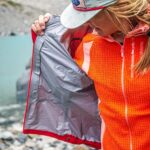There is something magical about traveling to new places for the first time. Discovering new cultures, meeting different people, and breaking out of your comfort zone is an experience in itself. Whether you are planning to spend several weeks traveling the world or just a weekend hiking, you will need a companion to keep your things together and not cause you problems when you are out and about. This travel buddy, of course, is the travel backpack. This is the one item you can’t do without and getting it wrong may ruin your experience.
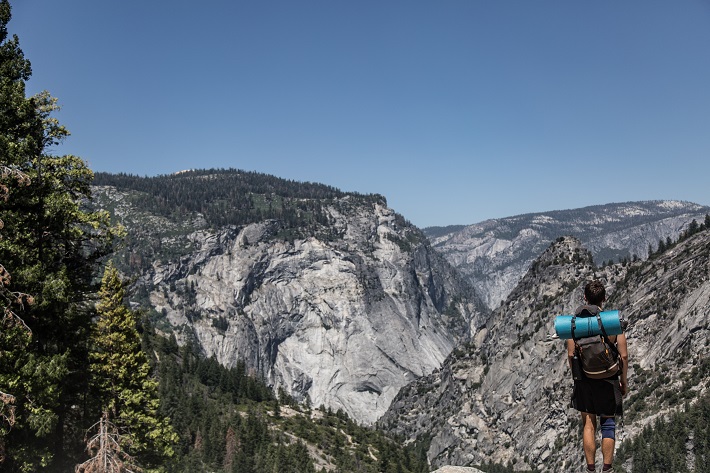
But what is the best travel backpack to take on your next adventure? The truth is, there is no easy answer to this question. Different people will have different requirements and different budgets. To help you get an idea of the backpack that is right for you, I’ve broken down some of the factors to consider when picking the best backpack for traveling anywhere for 2 weeks or 2 months.
Comfort
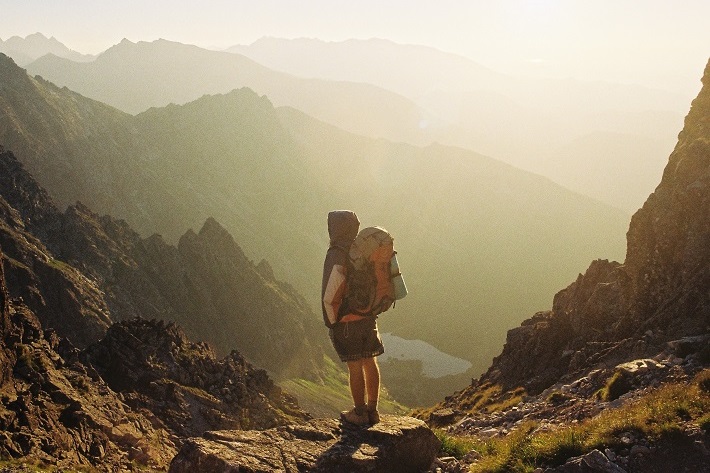
When choosing travel backpacks, comfort is the main factor to keep in mind. If it hurts your back, you probably won’t use it often. And if worse comes to worst, you could injure yourself. How the backpack is built plays an important role in your comfort when carrying it, especially the shape of the shoulder straps, backside, and padding. Travel backpacks with these features help to evenly distribute the weight of the load across the body, which is one of the best ways to avoid getting backache.
Contoured and padded backs follow the natural shape of your lower back, making it more comfortable to carry them. Padded and adjustable shoulder straps help you find the right fit, reducing the strain on your back. Padded hip belts help remove the weight from your back and shoulders, placing a larger portion of the burden on the leg muscles. This allows you to carry heavier loads for longer.
Size
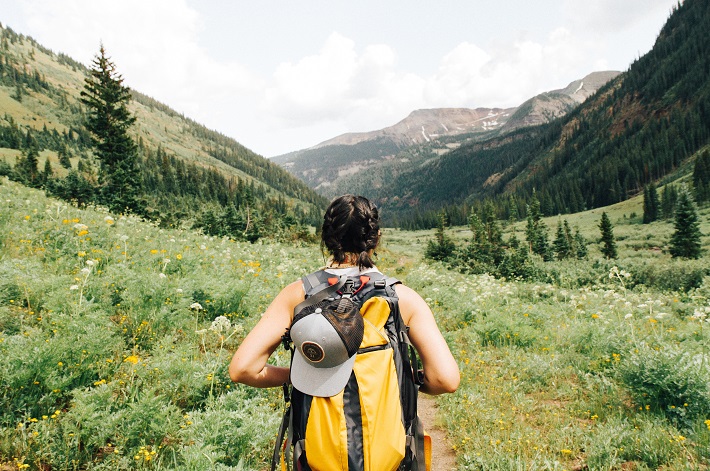
You will need to choose a pack that is proportional to your body and fits all the items you need to carry. The right size should be based on your torso length and should have a snug grip on your hips. Here is how you measure your torso length:
Stand and place your hand on your hip bones. Your index finger should be pointing straight and thumbs in back.
Measure your torso length from the bony bump at the base of your neck to the middle of your back where your thumbs meet.
Travel backpacks come in multiple sizes to fit different torso lengths:
- Extra small/Small Backpacks – fit torsos up to 45 cm;
- Medium/Regular Backpacks – fit torsos up to 50cm;
- Large Backpacks – fit torsos 50cm and above.
Getting a backpack that is too small or too big for your torso won’t allow the weight to balance properly and this imbalance will result in back pain or you topping over.
Durability
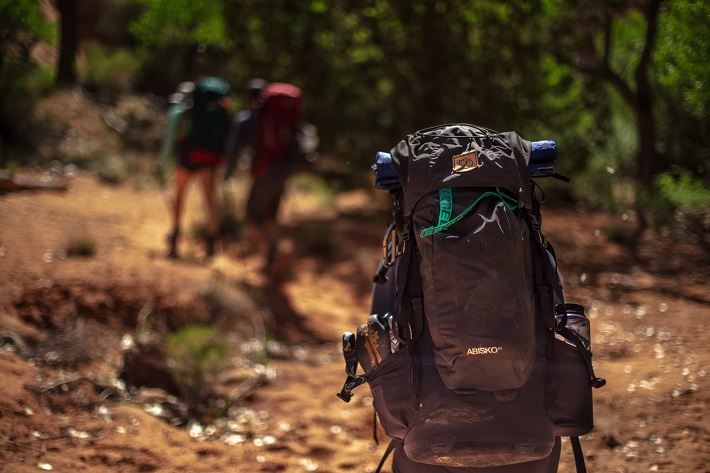
Quality traveling packs are made of durable materials. Heavy-duty models are generally made of very-strong nylon, YKK-grade zipper, and straps of nylon. Nylon and polyester are the most common backpack materials but there are other heavier fabrics, such as canvas, which make durable bags that will serve you for years to come. Leather packs are also a durable option, but they can be a lot more expensive.
The most common reason why people throw their old backpacks away is the tearing of the shoulder straps, the stitching that has come undone and broken zippers. The shoulder straps are generally the most susceptible to tears. For this reason, take a close a look at the sewing and thread material before buying. If possible, get one with double stitching and avoid carrying loads that are larger than the pack’s capacity.
Content Protection
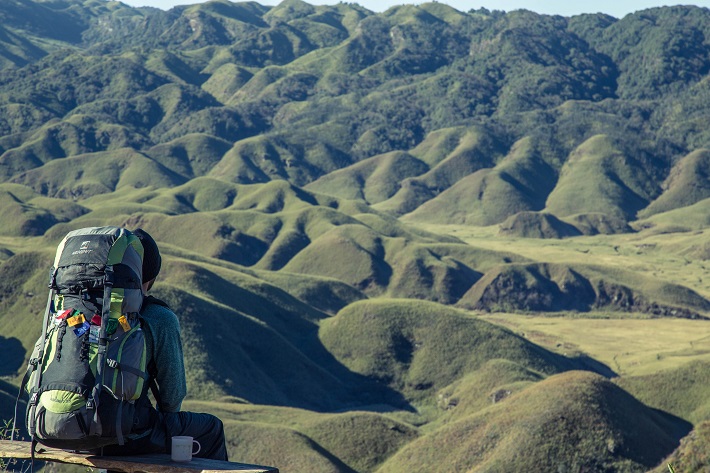
It is important to choose a backpack that offers some water protection and padding to protect your electronic or delicate equipment. You may not need a 100% waterproof backpack, but getting a bag made from at least semi-waterproof materials will ensure your contents stay protected in emergency situations. A padded compartment for tablets and laptops is common in backpacks. Ensure that your electronic equipment is securely fastened to prevent it from jostling around in your bag.
Material
A backpack made from the right material that meets your needs will stay intact for years.
- Pack-Cloth Nylon – Shiny and sleek to the touch, the main advantage of this material is its natural acceptance of waterproof coating, abrasion resistance, and excellent puncture resistance.
- Rip-Stop Nylon – The ‘rip-stopping’ design of this material provides extra protection to help ensure that your pack won’t disintegrate the first ten kilometers into an adventurous hike. Adventurers love it mainly because it is very lightweight and waterproof.
- Canvas – This is a heavy-weight, rough-weave cotton material that can be made from natural and synthetic materials. Modern technology has helped reduce the weight of this material as well as increase its waterproof capabilities. Its main benefit is that it is an inexpensive material that makes affordable traveling bags.
- Polyester – This material has a great resistance to ultra-violet (more than nylon) but it is not the most rugged material for a backpack. Backpacks made of polyester are affordable and hold color well, meaning they can be found in very vibrant hues.
Other Features
Different backpacks for traveling have different features that help create different styles meant for different uses.
- Access – A lot of packs available on the market today can be accessed through a zip on the front. However, some models still follow the outdated practice of only having access from the top. I suggest you buy one that has a zip on the front unless you want to turn your backpack upside down every time you need something.
- Different Areas – it is handy to have different areas because you won’t need all your stuff on a daily basis. You will appreciate having an easily accessible area for your toiletries, while your dirty clothes can be put away.
Budget
The price of the pack often reflects the quality of the materials used in its construction, the craftsmanship and the aesthetics of the design. It’s not always smart to compromise quality for price. The last thing you want is your pack to tear down in the middle of a hike and all your things to fall out of it. Backpack prices depend on a lot of factors including its size, fabric, and brand as well as if it’s a limited edition, mass-manufactured or hand-assembled model.



